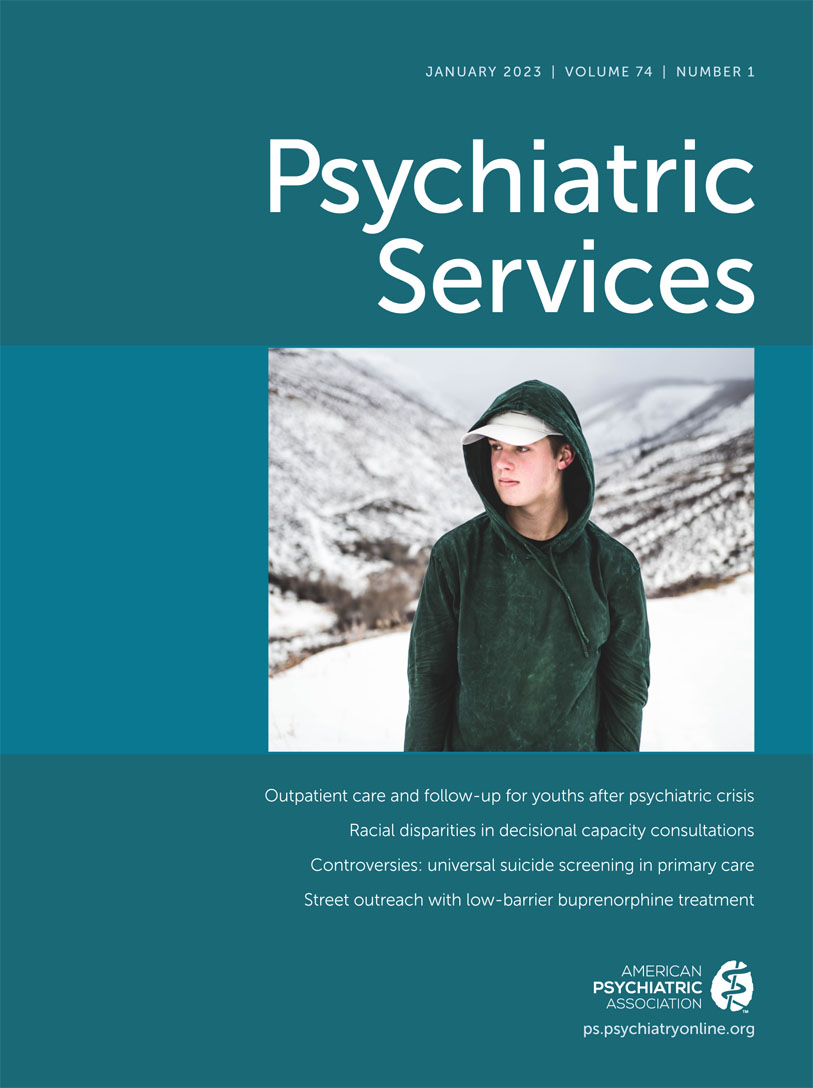Misdemeanor Charges Among Individuals With Serious Mental Illnesses: A Statewide Analysis of More Than Two Million Arrests
Abstract
Objective:
Reducing the overrepresentation of individuals with serious mental illnesses in the criminal legal system requires a better understanding of the charges for which they are most commonly arrested. This study aimed to compare violent offenses, penal code classifications, Uniform Crime Reporting (UCR) codes, and specific charges in arrests among individuals with and individuals without serious mental illnesses.
Methods:
The authors analyzed all arrests (N=2,224,847) in New York State during 2010–2013. Medicaid data and the state mental health authority’s records were used to create an indicator of serious mental illness for each arrest.
Results:
Among arrests involving individuals with the serious mental illness indicator (N=91,363), 7.3% were for violent offenses, compared with 7.6% of arrests involving individuals without the indicator. Among 10 penal code classifications, class B felonies and class A misdemeanors were more likely in arrests among those with the indicator than among those without it. Of the 14 UCR codes examined, seven were more common in arrests with the serious mental illness indicator. Criminal trespass was among the most common charges in arrests involving individuals with the indicator.
Conclusions:
Most arrests involving people with serious mental illnesses were for misdemeanors, specifically class A misdemeanors, and this class comprised a larger proportion of arrests for those with the indicator than of arrests for those without it. New approaches are needed to address the situations—usually related to socioeconomic disadvantage—that result in individuals with mental illnesses receiving misdemeanor charges and cycling through the criminal legal system.



